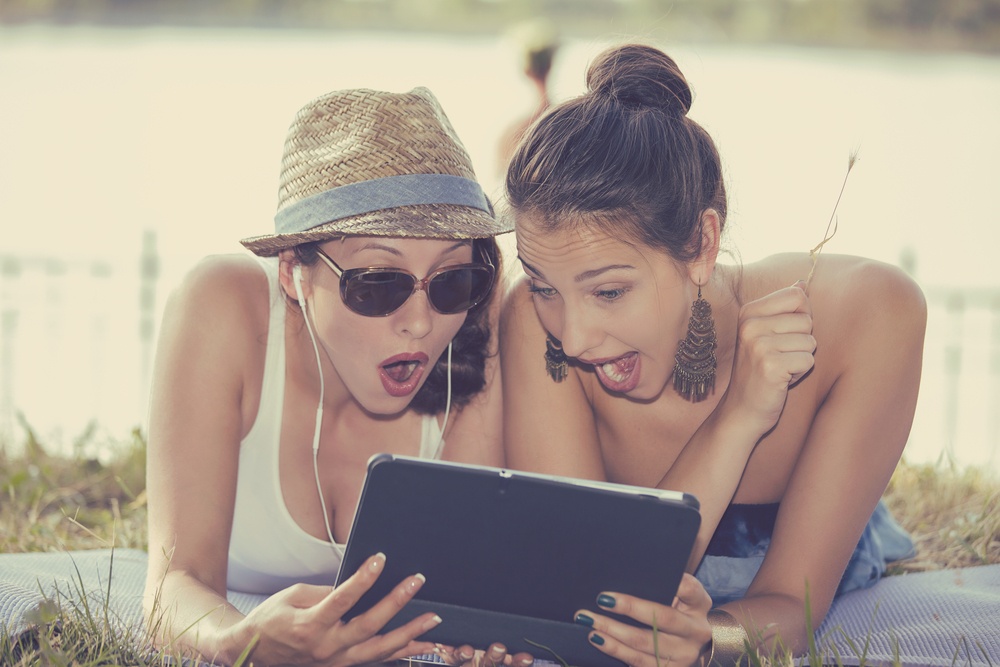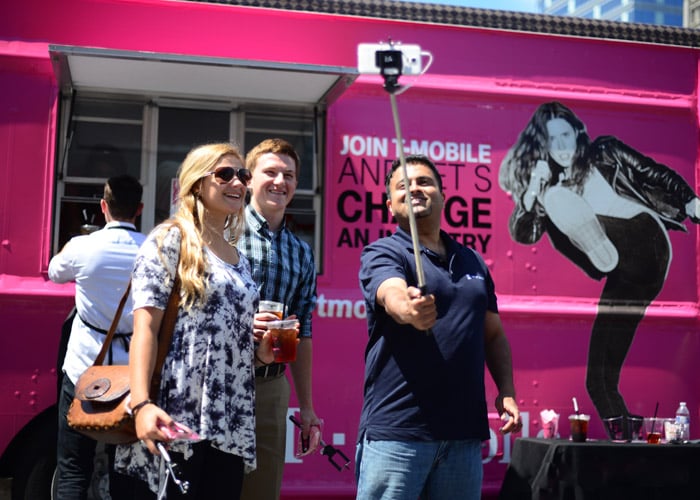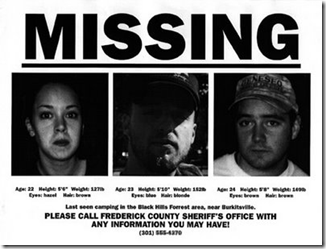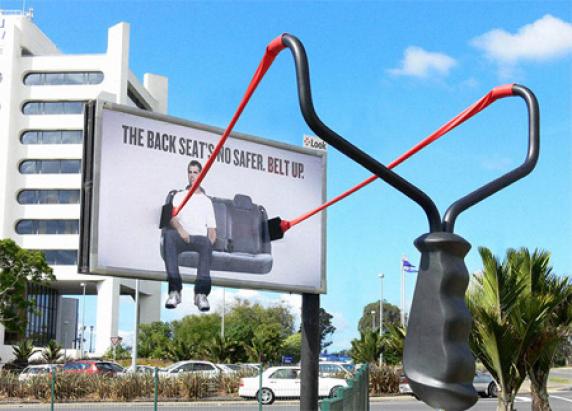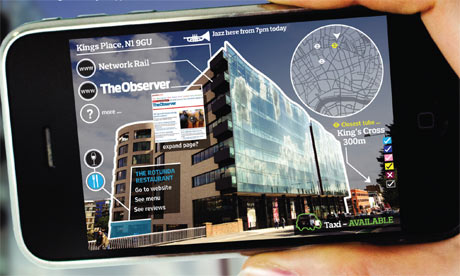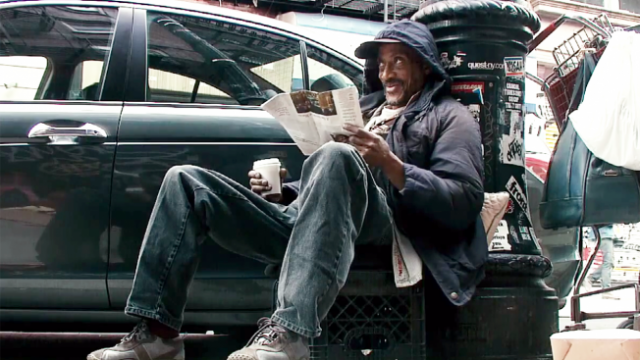Strategic planners must consider the most effective and creative approaches that can be brought to market, with careful consideration of a client’s goals, budgets and creative. Media planners, buyers and strategists must always consider the often-overlooked channels, which typically includes experiential marketing. Here are ten reasons why Experiential marketing is an important part of a true integrated marketing strategy.
Read More10 Reasons Experiential is Essential to Strategic Integrated Marketing Plan
Understand Psychology To Nail Your Advertising Campaigns
When it comes to advertising campaigns, marketing content and experiential marketing strategies, success lies in the planning. It’s not enough to simply be creative, and losing sight of what you’re trying to achieve will hinder your chances of attaining any goal.
Ideally, you need experience. That’s experience of what works and what doesn't. And most of the top marketing experts gather that experience by analyzing campaigns from the customer’s perspective, not from their own. Whether they know it or not, what they’re actually doing is analyzing human behavior.
Yes – to consistently deliver marketing that works, you need to be something of a psychologist. Here are 4 top tips to help you connect with your audience like never before.
1. Pick your words carefully.
Sounds obvious, so let’s be specific. People put a lot of emphasis on what they read first, so make sure any headlines or initial copy is working as hard as it possibly can be. Remember that visually, less is often more. Take Apple’s approach - when they’re in full ‘product launch’ state, their messaging is less about marketing and more about the product.
How Guerrilla Advertising Can Make You Famous
Unconventional, whacky marketing tactics can have a massive impact. Guerrilla advertising is much like guerrilla warfare: placing ambushes, sabotages, raids and elements of surprise within the advertising industry. Despite it often being a low-cost tacticthat deliversmaximum results,it can be a risky business whenthe reputation if your brand is on the line. Guerrilla advertising undoubtedly provokes very strong opinions and emotional responses.
Read MoreHow Experiential Marketing Makes Us Look Up, Not Down
In many ways, technology has really helped advertising professionals. Most of us have access to a smartphone or a tablet and, while we’re pickier about which ads we engage with, we’re always actively looking for content. So, if PR, marketing and advertising creatives are clever enough to blur the distinction between ads and interesting content, consumershave never been so accessible.
But the problem with technology is our addiction to these devices. Research has shown that we’re looking at our gadgets morning, noon and night - most people don’t leave home without their smartphone and they’re just as comfortable taking it in the toilet as they are using it in bed.
We’re seemingly obsessed with checking our Facebook feeds, tweeting our opinions on the latest news and sharing business articles on LinkedIn. And we haven’t even touched upon Pinterest, YouTube and the rest.
Read MoreMore Experiential Marketing From Delites
You know you've created a winning advertising campaign when you can continue to use a theme over and over again. What this shows us is that it’s important to understand human psychology. We’re humans and we don’t like change. People love to see stories, characters and themes progress and develop - just think back to the Bisto family in the 80s.
On a crueler note, Delitesrecently showed how powerful advertising continuity can be. Back in 2012, they ran a very successful campaign that went viral, much to the envy of many a guerrilla marketer. The campaign was based around the theme: how far would you go for fantastic Delites? The premise was very simple – people had to do a variety of menial tasks to earn snacks.
Read MoreWhen Experiential Marketing Gets Dirty: The Walking Dead
When season four of the hit TV show The Walking Dead came to the Fox Channel in Portugal, the people responsible for the show’s PR used experiential marketing to come up with a fantastic way of raising awareness and making a big impression.
Before revealing any details, it’s probably worth briefly explaining what the show is about, in case you’ve never seen it. The Walking Dead is an American post-apocalyptic horror drama based on the comic book series of the same name. It’s about a sheriff who comes out of a coma to find a post-apocalyptic world dominated by flesh-eating zombies. There’s your context, there’s your setting…
The Walking Dead gang (including creative agency Torke+CC) teamed up with Portugal’s national blood bank institute IPST to create ‘The Walking Dead Blood Store’, where blood was accepted as currency. While this was clearly an effort to get people talking about the new season, the experiential marketing campaign added a nice touch – it also increased blood donations.
Read MoreAugmented Reality: Get Creative With Your Marketing
We live in a busy, cluttered world where consumers are bombarded with messages from every business under the sun. Brands interrupt our social media news feeds, our TV programs, our podcasts, videos and our browsing. You can’t walk down the street, take a train or step in a taxi without seeing some kind of marketing.
The problem with this, for businesses, is that consumers start to tune out to the different forms of communication. When this happens, how do brands get heard? The answer is: they need to get creative.
What is ‘augmented reality’?
It’s an image of a real-world environment that has been supplemented by something computer-generated, such as sound, video or special graphics.
Brands Go For Gold With Experiential Marketing
Major sporting events such as the World Cup, Wimbledon and the Commonwealth Games always dominate the media, and each throws up a wealth of sponsorship opportunities for brands across the world. Coca-Cola, Adidas, McDonalds and Sony are just a few of the companies that have benefited from the global exposure that the partnerships have bought.
With all the excitement over, we thought we’d take a look at how some of the key sponsors used experiential marketing activations toelevate their brands.
1. Virgin Media: Commonwealth Games
Virgin Media used its partnership with Usain Bolt to launch its interactive ‘RaceBolt’ activation at the Commonwealth Games. Participantswere given the opportunity to race against the world’s fastest man over 30 meters, on a professional athletics track. Usain was on hand in virtual form, on a 40m x 3m interactive LED screen.
Highlighting Your Mission With Social Experiments
If you saw a rack of refreshing beverages on a street corner with a sign that said,‘drop $1 in the box for a drink’, would you pay? This is the sort of moral conundrum posed by‘social experiment’ marketing, in which brands carry out experiments in a social environment to investigate how people react to certain situations.
Social experiments provide an ideal framework for guerrilla advertising, as they are cheap to stage, require little in terms of resources and have the potential to reach a huge number of consumers, by nature of being digital and shareable. Often used by not-for-profit organizations to highlight a cause (Cause Related Marketing), this can be an extremely powerful way to communicate a message.
Read MoreTeleportation With Marriott Hotels
Have you ever wanted to explore the sandy beaches of Hawaii, or see London from the top of a skyscraper, without spending a penny? The reality is closer than you think.In one of the first premium virtual reality applications outside of the gaming and entertainment industry, Marriott Hotels recently launched its innovative #GetTeleportedvirtual travel experience, which enables users to feel the sand between their toes onWai'anapanapaBeach in Maui, or enjoy a panoramic view of London fromthe vertigo inducingTower 42.
This is PR at its best.
The hotel chain partnered with experiential marketing agency Relevant and Oscar-winning VFX studio Framestore to create the‘Teleporter’, which features Oculus Rift DK2 virtual reality headsets, wireless headphones and a suite of 4-D sensory elements, to augment the brand experience and amplify the feeling of immersion.


